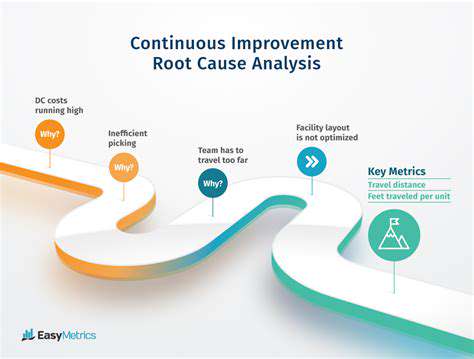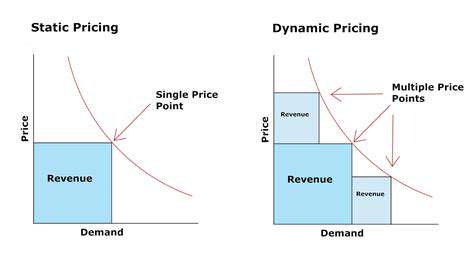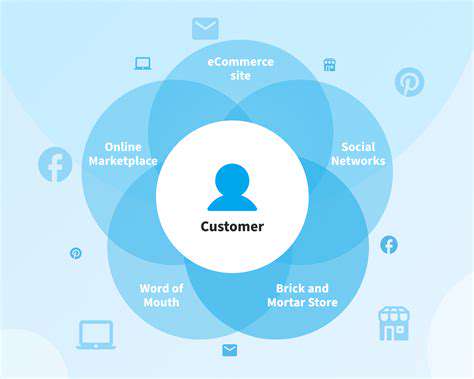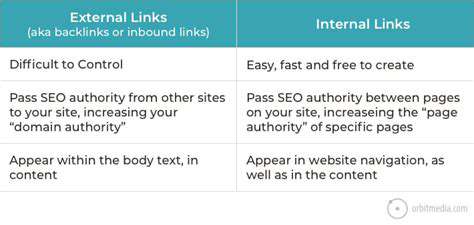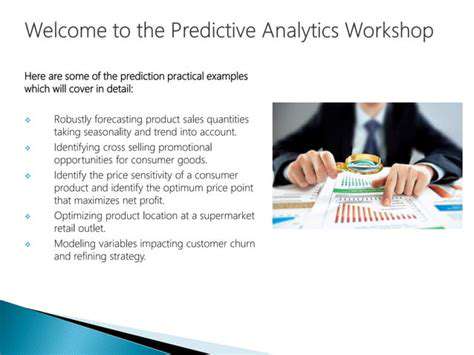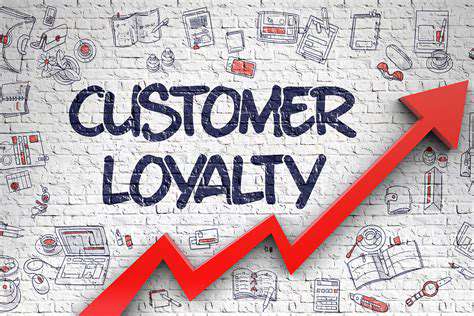Automated Bidding Strategies in Google Ads
Automated bidding strategies revolutionize digital advertising by leveraging machine learning to optimize bids dynamically. Unlike manual adjustments, these algorithms analyze real-time data to maximize outcomes, balancing cost efficiency with high conversion rates.
Mastering different automated bidding approaches separates average campaigns from exceptional ones. The secret lies in aligning platform capabilities with unique business objectives through strategic configuration.
Maximize Conversions
This approach prioritizes conversion volume above all else, intelligently allocating budget to users demonstrating high conversion probability. The system continuously refines its targeting parameters, making it perfect for businesses focused purely on lead generation or sales volume. Seasoned advertisers recommend pairing this with robust conversion tracking for optimal results.
Target CPA
When maintaining specific acquisition costs is non-negotiable, Target CPA delivers precision bidding. This strategy shines for businesses with razor-thin margins where exceeding target CPAs means losing money. The algorithm performs best when given sufficient conversion data (typically 30+ conversions/month) and flexible budget parameters to work its optimization magic.
Target ROAS
Revenue-focused advertisers swear by Target ROAS for its ability to maximize profit margins. By analyzing historical conversion value patterns, the system identifies high-value users worth bidding aggressively on while deprioritizing others. E-commerce merchants particularly benefit from this strategy's ability to factor in average order values and customer lifetime value.
Enhanced CPC
This hybrid approach blends manual control with algorithmic optimization, adjusting bids up or down based on conversion likelihood. It's ideal for advertisers transitioning from manual bidding who want to maintain some oversight while benefiting from machine learning. The system's subtle bid adjustments (typically 30% variations) prevent dramatic budget fluctuations.
Target Impression Share
Brand awareness campaigns thrive with this visibility-focused strategy. When market dominance matters more than immediate conversions, controlling impression share becomes the winning play. Savvy advertisers combine this with placement targeting to dominate specific publisher networks or search result positions, though costs can escalate quickly in competitive spaces.
View-Through Conversion Value
For products with extended consideration cycles (like luxury goods or B2B services), this strategy accounts for delayed conversions from ad views. It's particularly effective for display and video campaigns where users might need multiple exposures before converting. The algorithm learns which impressions contribute most to eventual conversions, even if they don't produce immediate clicks.
Benefits of Using Automated Bidding
Improved Campaign Performance
Modern automated bidding outperforms manual methods by processing thousands of signals simultaneously - from device types to time-of-day patterns. This multidimensional analysis spots opportunities human managers often miss, especially in fast-moving markets where conditions change hourly. The continuous optimization loop means campaigns automatically adapt to new competitors or shifting consumer behavior.
Increased Efficiency and Scalability
Enterprise-level advertisers particularly appreciate how automation handles the heavy lifting across thousands of keywords and placements. What once required teams of specialists can now be managed by a lean team focused on strategy rather than bid micromanagement. This efficiency becomes increasingly valuable when expanding into new markets or product lines.
Enhanced Conversion Rates
The precision targeting capabilities of automated bidding often yield conversion rate improvements of 20-30% over manual methods. By evaluating each impression opportunity against hundreds of success predictors, the system identifies and capitalizes on micro-moments most likely to convert. This surgical approach dramatically reduces wasted impressions on unlikely converters.
Reduced Costs and Budget Optimization
Smart algorithms prevent overbidding on saturated keywords while identifying undervalued opportunities. They automatically shift budget toward high-performing segments and away from money pits, often achieving the same results with 15-25% less spend. This budget elasticity proves invaluable during seasonal peaks when manual adjustments can't keep pace with demand fluctuations.
Simplified Campaign Management
The automation revolution has transformed PPC from a tactical to strategic discipline. Marketing leaders now spend less time on bid sheets and more on creative testing, audience development, and cross-channel integration. This elevation of focus leads to more innovative campaigns and better alignment with overall business objectives.
Data-Driven Insights and Reporting
Modern platforms transform raw performance data into actionable intelligence through intuitive dashboards. The most sophisticated systems even predict future trends and recommend proactive adjustments. This transforms reporting from historical documentation to a strategic planning tool, with some platforms offering what-if scenario modeling for major budget or target changes.
Clear communication is the bedrock upon which strong relationships are built. Beyond mere information exchange, it requires active listening, authentic expression, and message clarity across all channels. Successful communicators adapt their style to different stakeholders while maintaining message consistency, creating environments where ideas flow freely and collaborations thrive.


